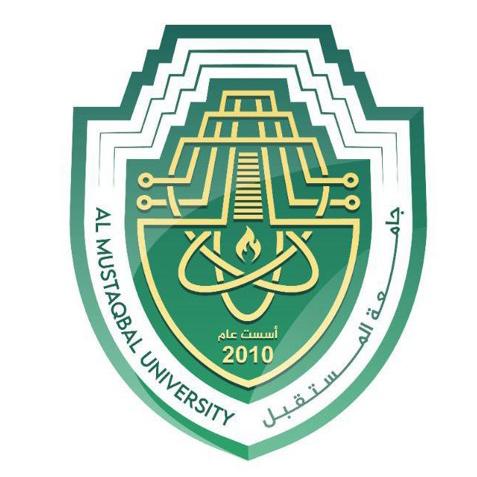
Tips to balance teaching and research activities
Five tips to help academics balance their teaching and research duties without compromising the quality of one or the other, by Abdullah Khadim
Hello, this is Dr Abdullah Khadim. I’m a lecturer of the department of building and construction engineering at the Al-Mustaqbal University College here in Iraq. I have a PhD in the development of low-carbon construction materials for the sustainable building industry.
In this briefing, I will discuss how to achieve an effective balance between teaching and research activities.
As part of an academic institution, academics usually find themselves stuck between two key responsibilities which are research and teaching.
Many academics believe that they need to balance these two activities. On the other hand, others see teaching as a threat to their research which they consider to be a complex activity, that benefits and advantages all stakeholders: faculty, students, institutions and society and many higher education institutions.
Universities usually receive extensive recognition and benefit for their research, on the other hand recognition for teaching tends to be limited to the classroom and within the institution.
Although the institution’s evaluation and reward system influence how universities arrange their activities, there are few encouragements to engage in the scholarship of teaching and learning.
For example, in the engineering colleges, academic staff may struggle to maintain a balance across different duties and responsibilities, especially if research productivity is given priority over teaching quality.
So, through my experience here at Al-Mustaqbal University College, I can offer the following tips for achieving an effective balance between teaching and research activities.
The first tip is to manage your time properly and carefully. For example, allocate one or two whole days for research activities only. Don’t blunt these activities in between teaching sessions in a specific day. This is because you will not have the sufficient time to focus or concentrate on the specific research tasks that you are conducting, because some research tasks can take several hours to accomplish.
The second tip is, if possible, teach modules or topics that are similar or aligned with your research field to keep the enthusiasm during the class session. For instance, I teach concrete design technology which fits very well with my research area. This has allowed me to reflect my research expertise in teaching tasks.
The third one is don’t make teaching complex. If the module or the topic has been taught previously, ask colleagues to share their materials with you. This can save your time and massive efforts that you don’t need to do. Another key tip is to create an early and schedule plan. When you have a plan, then you will save more time and feel less stressed and overwhelmed.
The fourth tip is to encourage students to solve problems independently, without the need for your help, unless it is essential. And this is because the class is usually devoted to guiding students to develop capabilities that will assess them to become critical thinkers. This will free up substantial time for you to do other duties, such as research.
And the fifth tip, which is a very important one, specify a designated drop-in or surgery hours for your students to meet them in your office, to answer their questions and enquiries.
Hence, to end, good time management of research, appropriate planning of your schedule and making teaching less complex are all key tips to achieve an effective balance between teaching and research activities. Thank you.
Abdullah Khadim is a lecturer in the department of building and construction engineering at Al-Mustaqbal University College in Iraq.
If you found this interesting and want advice and insight from academics and university staff delivered direct to your inbox each week, sign up for the THE Campus newsletter.
Key Details
This video will cover:
00:28 The tensions between teaching and research in universities
02:03 Time management and aligning teaching to research focus
03:32 Encouraging self-directed problem solving



